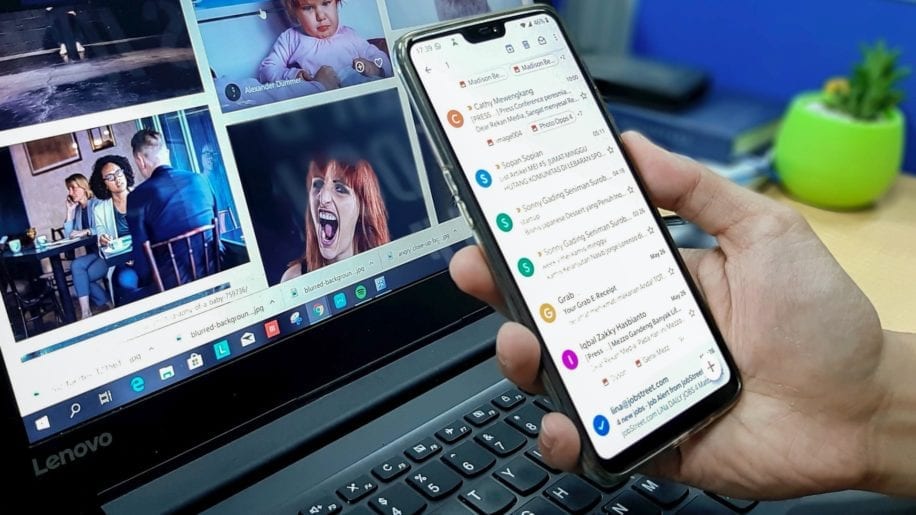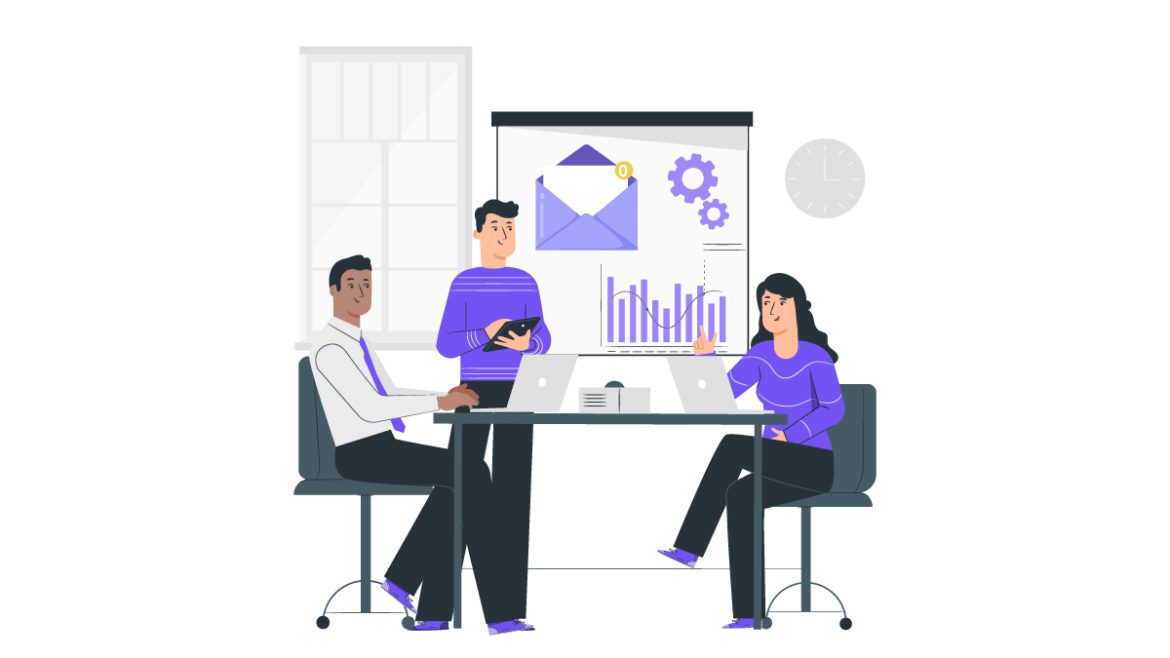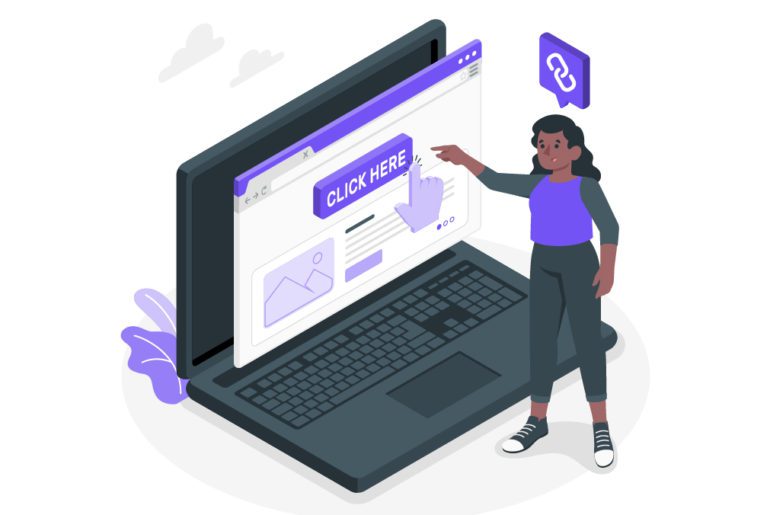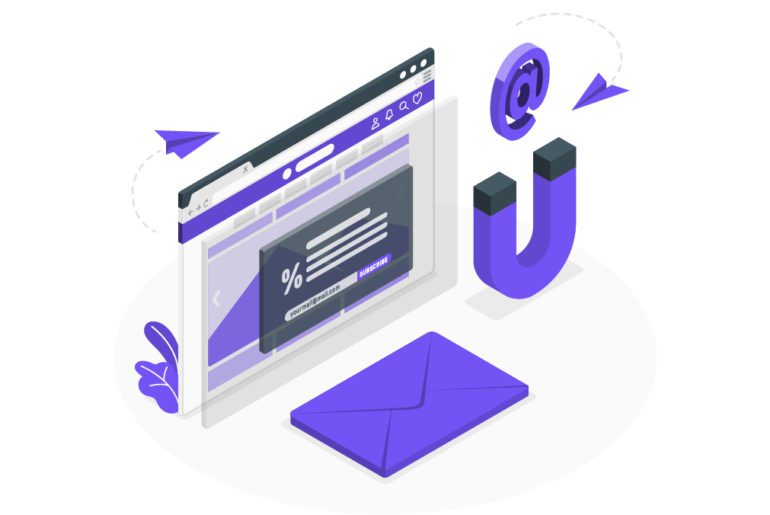Productivity is the name of the game in every corporate sector. No matter what your passion, productivity can make or break you. Yet another factor of productivity is seen in how you manage your emails. Email management has posed a question to email users for ages. With the necessity of using emails, having your own email management strategies is now mandatory.
8 Email Management Strategies to help you ace productivity

Email management strategies have become a part and parcel of email management and usage. Having an email management strategy sorted out is very important. So here is a list of 8 email management strategies to help you ace productivity:
1. Sort it out
With so many emails that need our attention, it can be very difficult and time-consuming to reach the emails that matter. Most of our time is hence spent looking through all the emails when we need that one important email. This is where folders and labels can prove as a helpful email management strategy.
Categorizing your emails as per their urgency or as per their subject can go a long way in managing your emails. Or using folders that divide your emails according to the sender or time period or a follow-up period, can help you categorize your tasks better too.
2. Get it done
In email management, we might lose a lot of time in deciding how to respond to a particular email. This furthermore hampers your productivity. Developing a habit of responding to emails using these 3 quick decisions, might be just what you need:
- If a message requires no action on your behalf, archive it immediately.
- When a message requires a simple reply that you do in a minute or less, do it right away—and then archive it immediately.
- If a message requires some level of thought or response that you can’t get to right away, snooze it to a time and date when you will be able to handle it. Thus the email could reappear exactly when you know you will have the time and energy to respond appropriately.
With these email management tips at your fingertips, respond to all your emails in the quickest way possible.
Further Reading: How to master email: 10 tips from Google’s productivity expert
3. Delegation is key
We often receive an email that would probably be better suited for someone else. Either that would be because the email task suits someone else’s expertise, or the task is similar to a task previously handled by the other person. Whichever is the case, delegation can be of great help as one of the email management strategies.
Reassigning your email to a more appropriate person makes sure that the task is done with better accuracy. The added bonus of having one less task to do and a lesser emails to deal with leads you to Inbox zero too!
4. Once is enough
Replying to emails can become a recurring task as we tend to receive a similar kind of email every day. Emails asking for a follow-up, or for a meeting or about a task’s progress- the list is never-ending and yet recurring. Designing simple templates for such emails can be a great email management tip.
These templates could contain the basic structure of a common email, which you can modify every time you need to use as an email management strategy. Saving these templates in a separate folder also saves time as you search for the perfect template. Many free services online like Beefree.io and Stripo can help you make these templates.
5. Let it Go
The whole purpose of email management is to achieve inbox zero. Inbox zero is possible only if we promptly delete the emails once we are through with them. Deleting or archiving emails can be a great way of clearing the inbox while staying on top of your task list.
But some of us might prefer to archive our emails instead of deleting them. This might be because of the fear of losing important emails when we need them. In these cases, it can help to check if your company has an internal email management system in place. If it does, your emails are getting archived there anyway and you can delete your emails without any fear.
6. For once and for all
Most of the time that is wasted in email management is due to our indecisive nature. Add to that the habit of procrastination, and we have the reason why we spend hours and hours in our email inbox. The one email management solution to this is to decide the fate of an email before you close. Decide if you will answer it right away or file it in an appropriate folder.
Once you know that every email you open is paid attention to, you will no longer feel the need to peep into your inbox every minute. This not only improves your productivity but also lets you focus better on the task at hand.
7. Right on schedule
Email management is but a game of numbers. The amount of time you spend in the inbox, the amount of time you spend responding to an email, and the number of times you visit your inbox in a day- all correspond to a loss of productivity. Only a schedule can put this mess of too many emails into its proper place.
Email management apps like Mailman can be your savior here. With its Do Not Disturb feature, it helps you chalk out a schedule for how many times you can access your email inbox. Thus it makes sure that time isn’t wasted, while you focus on increasing your productivity.
Further Reading: 12 Gmail Productivity Tips to End Email Overload
8. Tools for you
The above email management tips can be life-saving for a heavy inbox. But every email inbox and every email user does need a little help to build that discipline. Email management software and extensions like Mailman, Boomerang, and Sortd are popular for their ease of use and help in email management.
Amongst the many email management software out there, Mailman is easily our top pick. With features like Do Not Disturb, Batched delivery, and VIP list, Mailman has shown unique strides in the world of email management.
Email management strategies for you!
Email management strategies, when used consistently, can be your best email management tool. But this requires long term effort and patience. Hence we recommend using email management softwares like Mailman that help you assert control over your email inbox and thus over your life.
FAQs
1. Sort your emails into folders using filters and labels.
2. Act on your emails right away rather than postponing them.
3. Delegate email tasks if they are more appropriate for someone else.
4. Use template for common email replies.
5. Delete or archive emails once you have responded to them.
6. Do not check the email inbox over and over again.
7. Schedule email processing time slots.
8. Use email management tools like Mailman.
1. Convert emails to tasks as they come in.
2. Prioritize emails according to urgency.
3. Organize emails in folders to find them easily.
4. Schedule email processing time slots and stick to them.
1. Take action immediately on incoming emails.
2. Set email processing schedules.
3. Write quick concise emails with clarity.
4. Unsubscribe from newsletters that crowd your work email inbox.


![10 Best Email Organizer Apps [Tried & Tested] email organizer app](https://library.mailmanhq.com/wp-content/uploads/2021/05/The-3-Best-email-Organizer-app-For-C-level-Executives-770x515.jpg)

